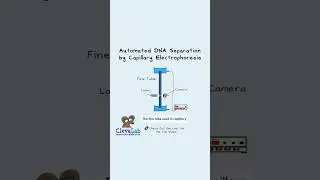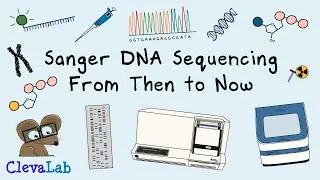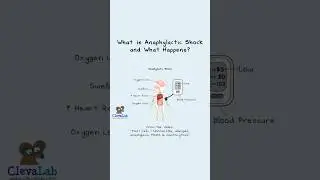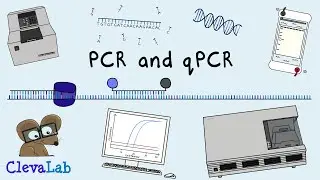What is PCR and qPCR? | PCR Animation
Discover molecular biology and the Polymerase Chain Reaction (PCR). What is PCR and qPCR? PCR takes DNA, nucleotides, primers, and Taq Polymerase to make unlimited DNA. This target DNA gets seen by running it on an agarose gel in PCR or detecting it with a camera in qPCR. With qPCR probes labelled with different colours can amplify many targets per tube. PCR and qPCR get used in disease diagnosis and medical research.
An example is respiratory infections. In respiratory infections, qPCR tests can detect the viruses and bacteria present. Thus, many targets get detected in one sample using probes in qPCR.
🌏 https://www.clevalab.com
👉 You may also like: The Basic Principles of a Cell, • Understanding Cell Functions in the H...
📖 This video is also a blog post with images and a PDF Summary visit: https://www.clevalab.com/post/pcrandqpcr
Visit the ClevaLab Channel Page for more videos: / @clevalab
✉️ Sign up to the email list to be notified of new videos: https://www.clevalab.com/email-subscr...
SOCIAL MEDIA LINKS
Twitter: / _clevalab
Instagram: / _clevalab
Pinterest: https://www.pinterest.com.au/ClevaLab
Tiktok: / clevalab
Facebook: / clevalab
CHAPTERS:
00:00 Intro | The discovery of PCR
00:18 What is a primer?
00:34 DNA amplification by PCR
01:33 Agorose Gel visualisation of amplified DNA
01:59 Discovery of Thermus aquaticus (Taq) Polymerase
02:25 The first Thermal Cycler
02:41 The first real-time PCR (qPCR) instrument | Probes
03:22 qPCR amplification plot basics
04:20 Cycle Threshold (Ct) value
05:06 Standard Curve for DNA quantitation
05:25 Multiplex PCR | More than one target in one tube
05:46 PCR and qPCR uses
05:54 Respiratory virus detection with qPCR
06:35 Ct value in Contact Tracing for COVID-19
06:50 Summary
#PCR #qPCR #ClevaLab






















